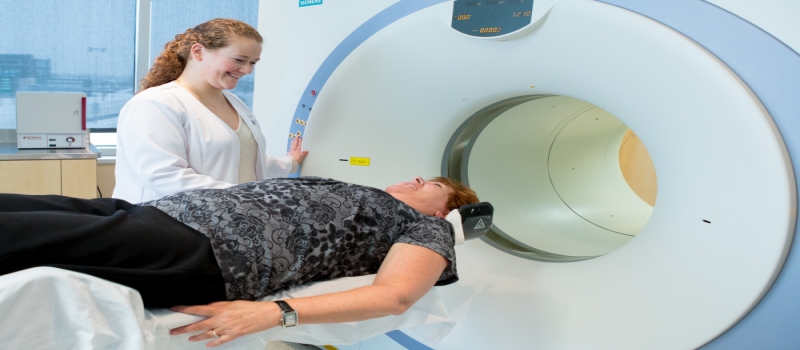Positron emission tomography is a nuclear medicine imaging system done using small amounts of radioactive material. Diagnostic medical imaging Miami centers are extensively using this method to detect and find the severity of heart disease, cancer and other abnormalities in the human body.
Positron emission tomography used to treat serious diseases like endocrine, gastrointestinal, and neurological disorders as nuclear medicine procedures can pinpoint every tiny molecular activity in the human body. The potential of PET to recognize disease from the initial stages has helped the doctors and patients significantly.
The noninvasive nature of nuclear medicine imaging has made it the most common diagnostic method to evaluate medical conditions.
What Is A Radiotracer?
The radiotracer is the radioactive material used in imaging scans with the intravenous injections. The procedure of PET starts with radiotracers used within small quantities to be detected on the PET scan. It is widely used to bind particular proteins in the human body. They are specifically considered for accumulating cancerous tumors or sections of inflammation within the body. F-18 fluorodeoxyglucose also called FDG is the commonly used radiotracer and is a very similar molecule to glucose.
The cancer cells are more metabolically active that absorbs glucose at a higher rate in the body. The PET scans detect the higher rate quickly as compared to other diagnostic medical imaging scans, allowing the doctor to find the disease early. FDG is amongst the few widely used radiotracers for detecting the range of conditions in the body.
Common uses of PET or CT scan Miami
This procedure is used to sense cancer and then find how it has spread in the body. It is used to assess the extent of the effect of various therapies in the human body and make the physicians aware of any harmful effects on the body. The doctors change the treatment plan after assessing the side effects on the body after cancer therapy. Moreover, it is very helpful to determine whether, after the treatment, cancer has returned.
It is frequently used to check the blood flow to the heart muscle and other surrounded area. PET is also used to find the effects of myocardial infarction and heart attack on various areas of the heart. In addition to this, it is proficient to map normal heart and human brain function. These scans are widely used to recognize areas of the heart affected after some abnormalities or disorders in the body.






